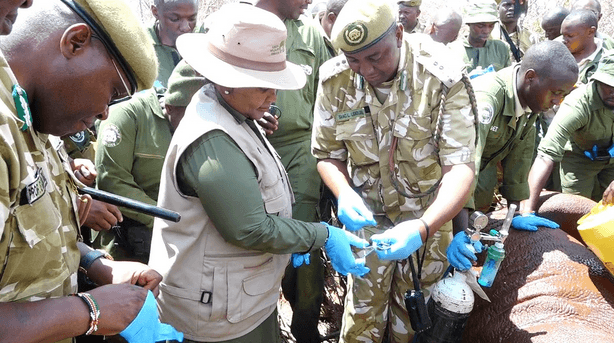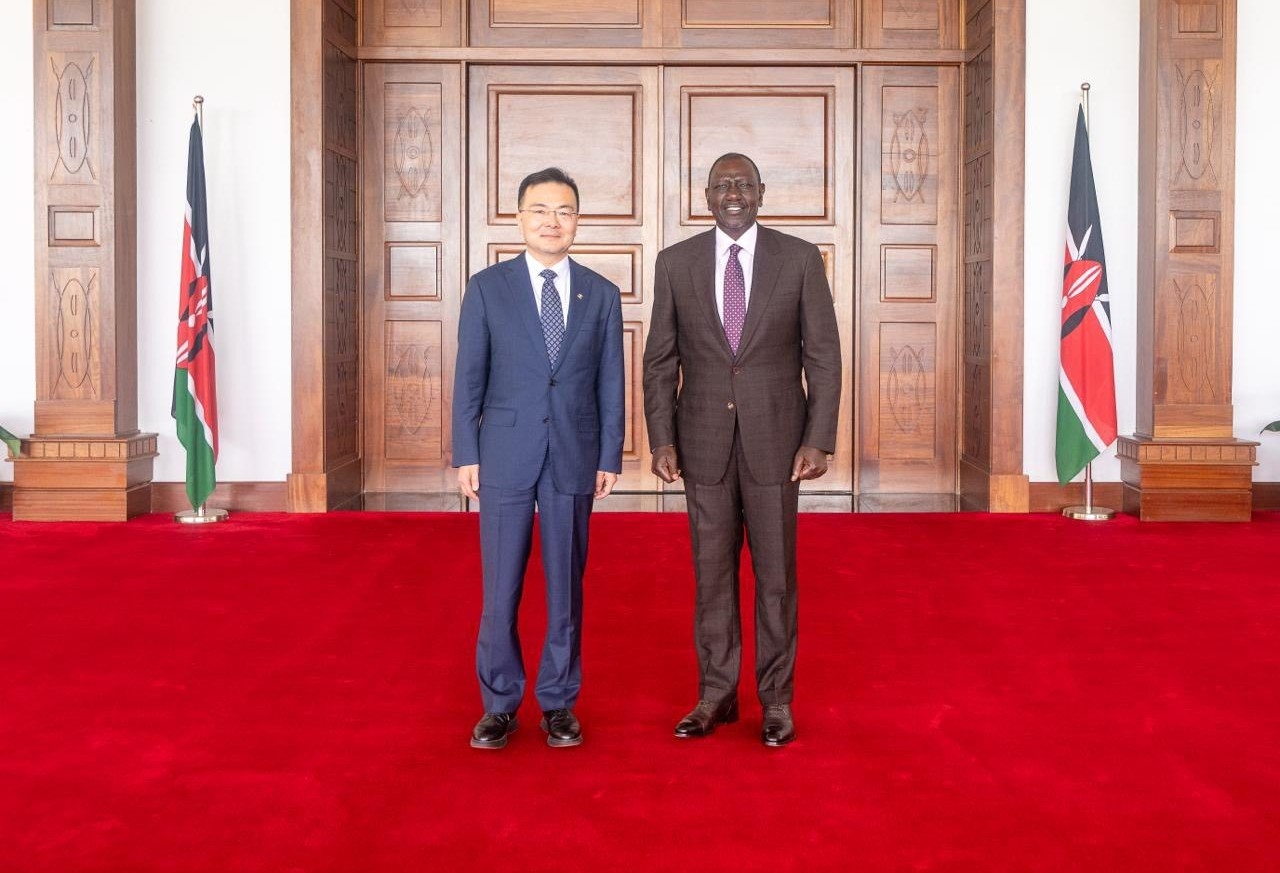

The Kenya Wildlife Service has
launched a 15-day rhino ear-notching and tagging operation at Ngulia Rhino
Sanctuary in Tsavo West National Park, the largest exercise of its kind in
Kenya’s conservation history.
KWS director general Prof Erustus Kanga said the initiative is critical for monitoring and protecting rhinos, allowing patrol units to identify individuals during daily surveillance.
Over
100 black rhinos will be fitted with roller ear tags and transmitters under the
supervision of Dr Isaac Lekolool, senior assistant director for veterinary and capture services.
The operation forms part of the Kenya Rhino Range Expansion Initiative, which seeks to expand black rhino populations across their historic range, reduce overcrowding in sanctuaries, enhance genetic diversity, and create connected habitats in Tsavo and Central Kenya.
The programme also aims to boost employment, strengthen ecological
resilience, and contribute to economic growth.
Kenya’s black rhino population has risen from a low of 381 in 1990 to over 1,000 in 2024, a global conservation success.
The initiative targets growth to 2,000 by 2037 and 3,900 by 2050. KWS
manages rhinos as a meta-population across 17 sites, guided by protocols aligned
with IUCN standards to ensure animal welfare during immobilisation,
translocation, and tagging.
Black rhinos are browsers that prefer dense vegetation, are strong, aggressive, and can reach speeds of 30–40 km/h.
KWS emphasises safety measures during handling, including appropriate
boma designs, tranquilisation, and monitoring to prevent self-inflicted
injuries.
Ear Notching
Ear-notching is a standard rhino identification technique where small, uniquely shaped cuts are made on the edges of a rhino’s ears to create a permanent ID code.
Each rhino receives a distinct combination of notches recorded in a database, enabling rangers to identify individuals quickly during patrols. The system helps teams monitor movements, health, breeding patterns, and territory use. It is also crucial for security, allowing faster detection of missing or injured animals and strengthening anti-poaching response.
The method is safe when performed by trained veterinary teams and is widely used across Africa to support long-term rhino conservation and population management.

















